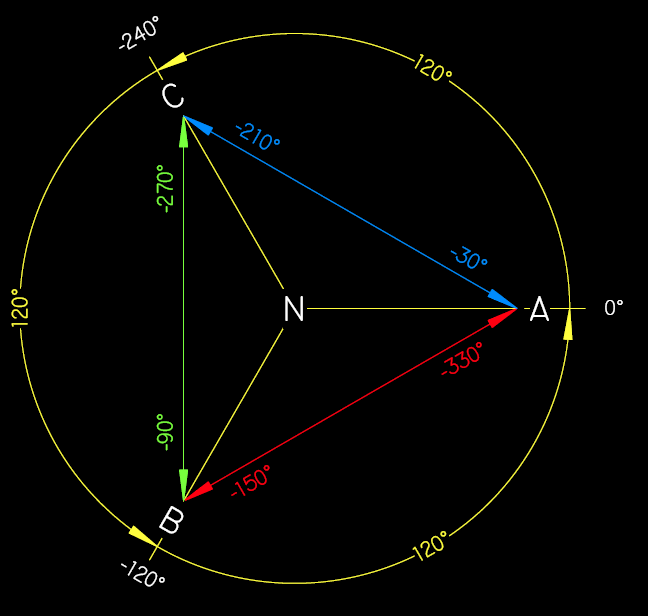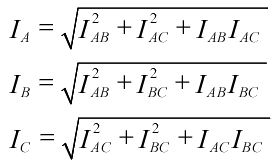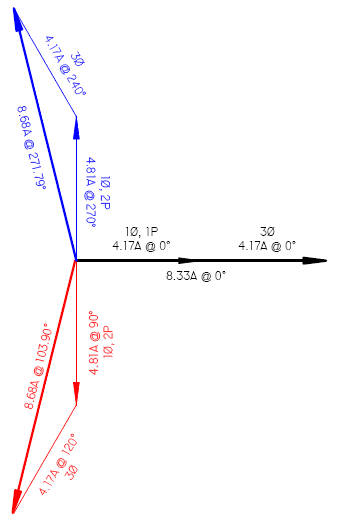Keri_WW
Senior Member
Hi everyone!
I'm starting to learn about electrical consulting type work for commercial buildings and such and have been getting a little hung up on filling out my panel schedules. I'm used to having, let's say, a 208/1 phase load and just putting the entire load centered between the A/B phase. The company I am co-oping with doesn't show it that way...they show values for each phase. I hope that makes sense!
So here's my question, if I have 5kVA of load at 208/1, do I show that as 2.5k per phase A and 2.5k per phase B, and for 3 phase I would just divide by 3? I'm sure I'm over complicating this, but I want to make sure I do the best I can here.
Thanks so much!! :grin: :grin:
Keri
I'm starting to learn about electrical consulting type work for commercial buildings and such and have been getting a little hung up on filling out my panel schedules. I'm used to having, let's say, a 208/1 phase load and just putting the entire load centered between the A/B phase. The company I am co-oping with doesn't show it that way...they show values for each phase. I hope that makes sense!
So here's my question, if I have 5kVA of load at 208/1, do I show that as 2.5k per phase A and 2.5k per phase B, and for 3 phase I would just divide by 3? I'm sure I'm over complicating this, but I want to make sure I do the best I can here.
Thanks so much!! :grin: :grin:
Keri



